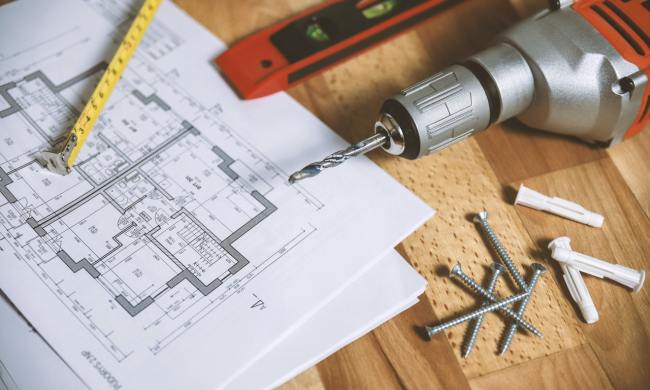Water is certainly essential to life, but it’s never a good sign when it gets into your home unexpectedly. Water in the basement can damage your walls and other belongings, and it can quickly lead to issues with mold and mildew. While understanding your neighborhood's flooding tendencies helps prevent seeping and flooding, sometimes circumstances beyond your control can cause water to infiltrate your home’s barriers.
The possible causes of basement flooding are numerous, but when water is present, there are some things you need to do fast to minimize damage and fix the issue.

What is the main cause of water in the basement?
What causes water to flood a basement in the first place? There's no one reason, unfortunately, and the main cause of water in your basement can vary depending on different factors.
Here are some common causes:
Poor drainage: If the soil around your home doesn't slope away from the foundation or if the gutters and downspouts are not properly directing water away from the house, it can accumulate around the foundation and seep into the basement.
Foundation cracks: Cracks in the foundation walls or floors can allow water to enter the basement. Settlement, hydrostatic pressure, or other structural issues can cause these cracks..
Plumbing leaks: Leaking pipes or plumbing fixtures in the basement can contribute to water accumulation. This can occur due to damaged pipes, faulty connections, or aging plumbing systems.
Poorly sealed windows or doors: If the windows or doors in the basement are not properly sealed, rainwater or melting snow can seep through the gaps and enter the basement.
Sump pump failure: A sump pump is a device installed in the basement to remove water that accumulates in a sump pit. If the sump pump fails to function properly or is overwhelmed by excessive water, it can result in basement flooding.
Hydrostatic pressure: When the water table rises due to heavy rainfall or other factors, it can exert pressure on the basement walls and floors, causing water to seep through cracks or porous surfaces.
It's important to identify and address the specific cause of water in your basement to prevent further damage and minimize the risk of mold, mildew, or structural issues.
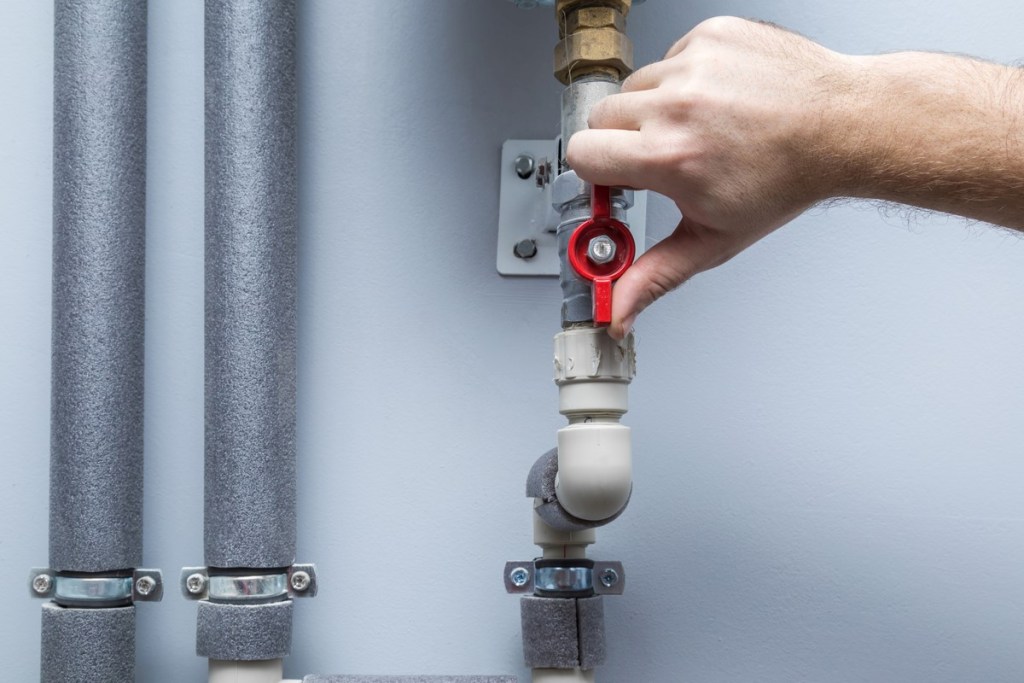
How to quickly address water in basement and prevent damage
Water causes walls and ceilings to become stained and causes wood materials to swell and rot. It also creates foul smells and promotes mold growth, so it’s important to act fast when flooding or seeping occurs in your basement. Here are some things you should do immediately to mitigate the damage.
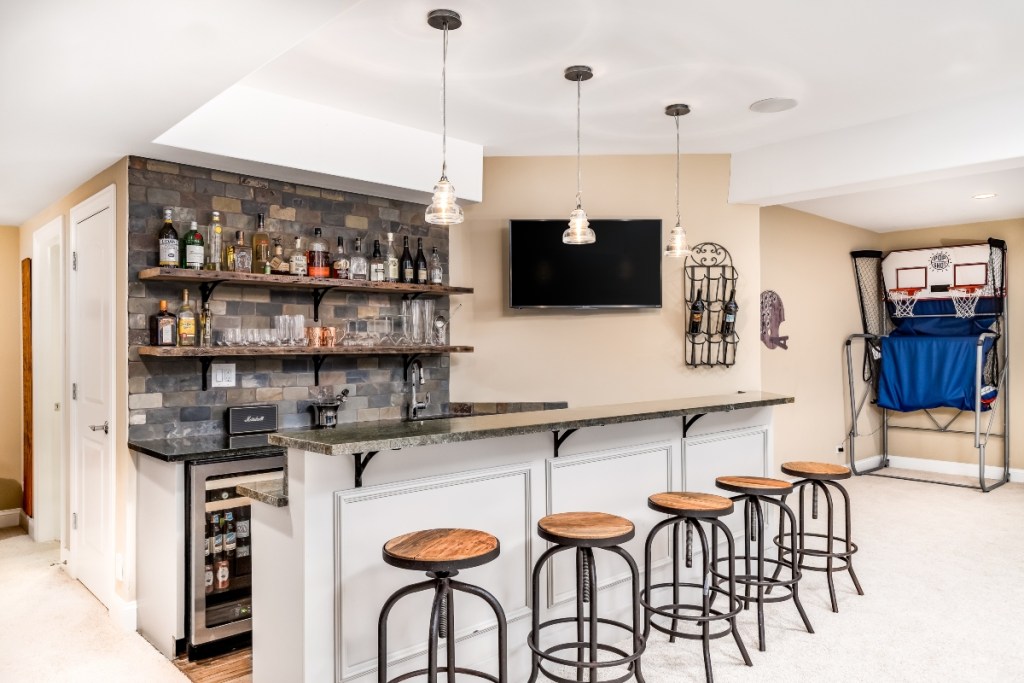
Take safety precautions
Your subterranean level contains a lot of electrical equipment, so electrical shock is an immediate concern. Furthermore, when gas appliances are present, if water puts out the pilot light, gas could also be leaking and pose a potentially explosive situation. If any of the below hazards are occurring in your wet basement, call a professional right away and wait for them to arrive before you take action.
- Water is higher than 2 inches
- Water is approaching gas appliances
- You smell gas
If you determine that it’s safe to reach your electrical panel, it’s a good idea to shut off electricity to the basement to prevent shocks or fire as you proceed.
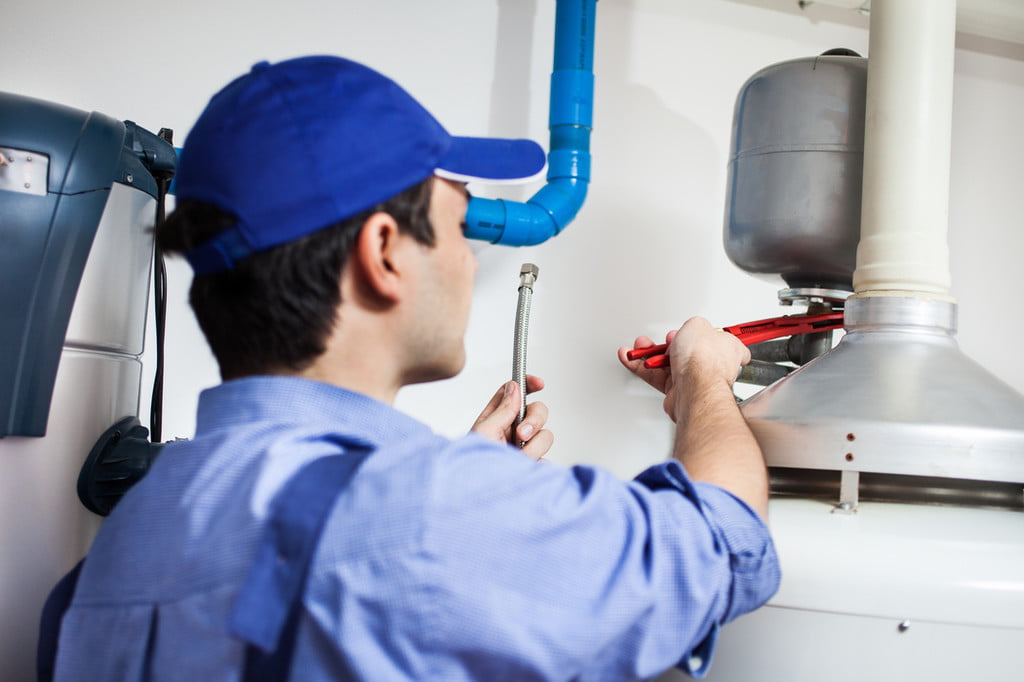
Try to locate the water’s source and contain the leak
Once you’ve determined that it’s safe to enter the basement, try your best to identify what the problem is. If you’re able to locate the leak, you can prevent further flooding and damage. Here are some things you can do to locate the water's source:
- Check plumbing elements to see if a pipe has burst.
- Check walls, windows, and your foundation to see if rainwater is coming in.
- Identify whether your floor drain needs cleaning, is blocked, or has broken.
- Search around appliances to see if any are leaking.
If a pipe has burst or an appliance is leaking, shut off the water in that area to temporarily stop the flow until the issue is resolved. For floor drain issues or flooding from a rain storm, repairs by a professional will likely be needed.

Remove any belongings that are vulnerable to water damage
Any items being stored in the flooding area that could be damaged by water or develop harmful mold because of it should be removed, cleaned up, and stored elsewhere until you can fix the flooding problem and clean the basement up. Susceptible items include:
- Fabric goods
- Paper and cardboard items
- Wood furniture
- Leather upholstery

How do you dry out a wet basement fast?
Once you’ve fixed the culprit causing unwanted water in your basement, it’s time to clean up and dry out your basement. The longer the basement remains wet, the higher the chance is that your home and belongings will become damaged. The method for removing water and drying your basement will vary depending on the amount of water present.
Step 1: For smaller puddles, use a mop to soak up the water and wring it into a bucket.
Step 2: If the water is too much for a mop, use a wet vacuum to suck it up and dispose of it.
Step 3: If the water level is more than an inch or so, use a submersible pump or call a water damage restoration company.
Step 4: After most of the water has been removed, get some airflow in the space to encourage any remaining moisture to dry quickly. Place industrial fans in the basement, or run a dehumidifier for a few days.

How to fix leak issues and prevent water in basements
The next step in addressing your basement water woes is to fix any reoccurring issues so that your basement doesn’t flood again. There are several possible culprits for the water’s presence, but you can usually locate the issue easily.
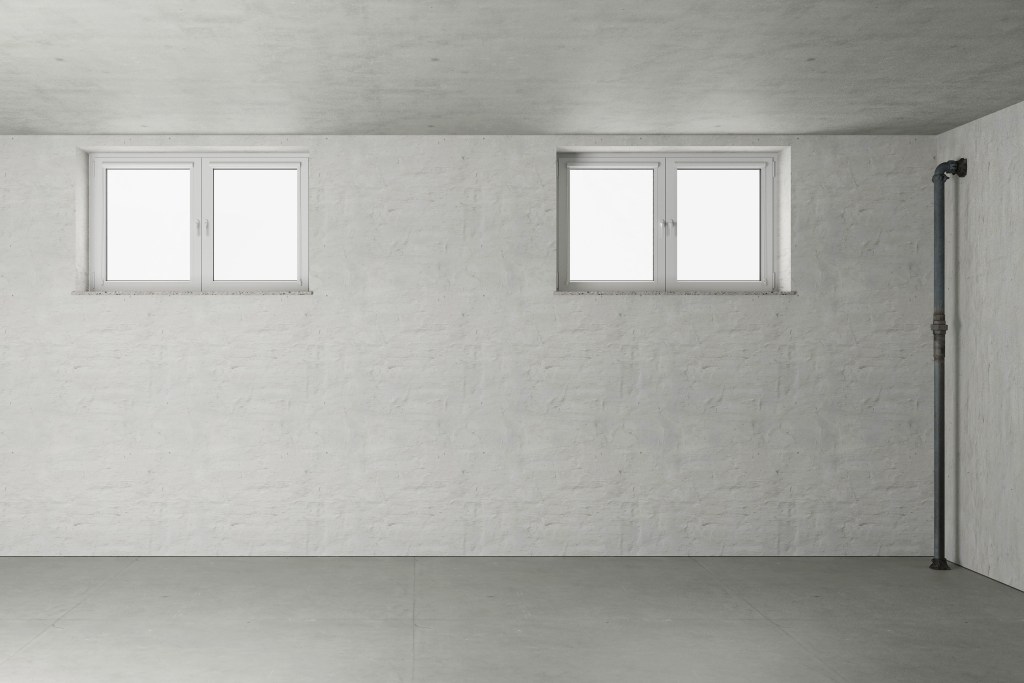
Water that came from the exterior foundation wall
If you locate the source of the water and it’s coming from the foundation wall, or if there is water staining on the walls, it’s an indication that rainwater isn’t draining away from the house properly. Here are some things you should check and repair around your home.
Step 1: Clean out clogged gutters and repair or replace ones that are leaking.
Step 2: Check to see that downspouts are extended an appropriate distance from the house and add extensions to ones that are too short.
Step 3: Check for cracks in the pavement near the house and repair any that you find using a concrete patch or filler product.
Step 4: Consider whether an improper slope in your landscape could be causing the flooding and contact a landscaping professional to survey and correct the issue.
Step 5: Survey your roof to see if leaks could be making their way to your basement and repair the roof leak.

Water coverage was more than 2 inches deep
Large amounts of water in the basement indicate a much larger issue than a simple-fix leak. This indicates that your home’s drainage system isn’t able to handle the load of rainwater or melting snow. Likely culprits include:
- Sump pump failure
- Broken pipe in plumbing or an appliance
- Leaking windows
- Clogged window wells
- Municipal storm sewer backup
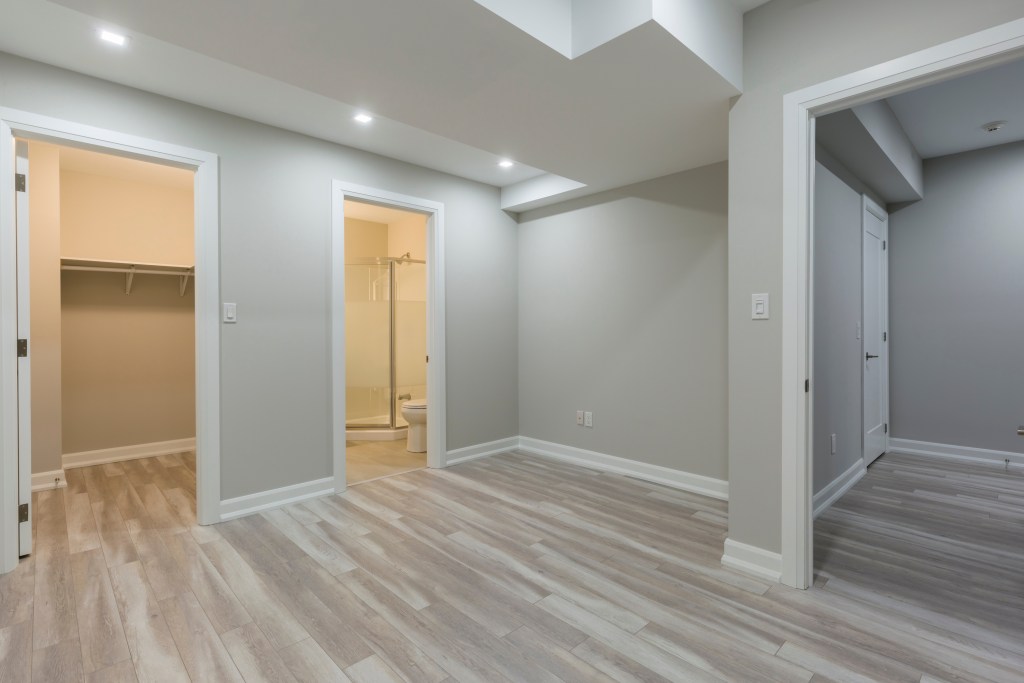
Can you waterproof a basement from the inside?
If water came in from the outside, exterior drainage is the likely culprit, and it’s best to address the source of the problem outside first. There are, however, waterproofing sealants that you can apply to basement walls to prevent water from seeping through them.

How long does it take for water to damage your foundation?
It can take, at minimum, a week or even a few days, in some circumstances, to see permanent damage to your foundation from excess water. Typically, a heavy flood could impact your foundation, causing deep cracks that need to be sealed. However, heavy rain that lasts a few days can also affect your home, causing costly damages that need to be repaired as soon as possible.
It is possible that your foundation will gain cracks and gaps over time. Routine inspections and maintenance can help prevent basement flooding, but it isn’t unusual to see water damage appearing over the course of a few months to years.
Water in your basement is a huge headache, but the issue needs to be addressed quickly to ensure the least amount of water damage. If the worst should happen, the most important steps to take are staying safe from dangerous hazards, stopping the water leak source, and getting rid of the water to prevent mold and further damage.




